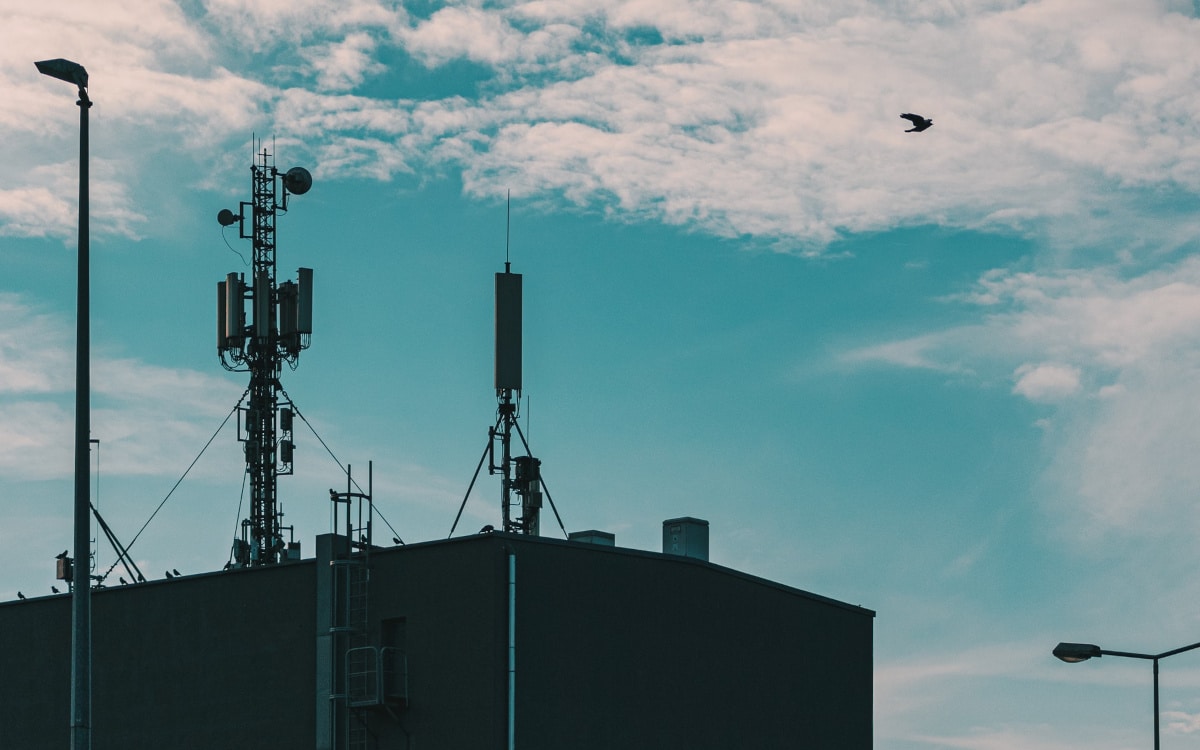
An ANFR study claims that exposure to electromagnetic waves does not increase with 5G networks compared to 4G networks. Readings were carried out on the same antennas before and after the activation of 5G. And they confirm that the exposure has not changed and remains well below regulatory standards. However, the agency also notes that the 5G network is still very little used.
Since the announcement of the deployment of 5G networks, one concern has increased: that of a overexposure to electromagnetic waves. According to detractors of this technology, people living near a 5G antenna are more exposed to waves than neighbors of a 4G antenna. Numerous studies have sought to confirm or refute this hypothesis. The National Frequency Agency had already taken readings in 2020 showing that the exposure was much lower in 5G than the legal threshold. And she reiterates again this year.
Read also – DAS: list of smartphones with the best and the worst specific absorption rate
The agency has indeed organized two surveys of electromagnetic waves on areas close to telephone antennas. 3000 readings were completed, half in 2020, before the deployment of 5G on these sites, and the other half in 2021, after the activation of 5G on these same antennas. Note also that the readings were made on the frequencies as well 700 MHz and 2100 MHz, already operated by 4G, than on the frequency 3.5 GHz used exclusively for 5G.
5G: exposure to waves does not change on frequencies already used in 4G
There are several important conclusions. The first is that the intensity of the electric field around the antennas remains stable between 4G and 5G on the frequencies already in use. There is no no significant change between the two network generations. Second important conclusion: on sites where the 3.5 GHz frequency band is used, the exposure shows a slight increase of 0.11 volts per meter. But it remains well below the safety standards set at 61 volts per meter.
The ANFR does raise an important point, however. The readings were taken while 5G traffic is still in its infancy. 5G antennas, equipped with beams that can be directed towards users, could increase the exposure of the neighborhood if the traffic becomes more intense. The ANFR carried out a series of specific readings by simulating a very strong increase in traffic. And the increase is very strong: 16% more than before. According to the ANFR, the electric field strength of equipped 5G antennas operating on the 3.5 GHz frequency band could increase by 20% when they are used as are 4G antennas.
The effect of millimeter waves on electric fields is not yet quantified
Another point is not addressed by the study: the case of millimeter waves whose frequency is greater than 6 GHz. 5G will eventually be able to use these waves. These are frequencies that are not yet in use. But they will eventually be. What will be the influence of its exploitation on the electric fields? We will have to wait for its commissioning and another reading session to find out. The allocation of its frequencies in France is scheduled for 2022.



